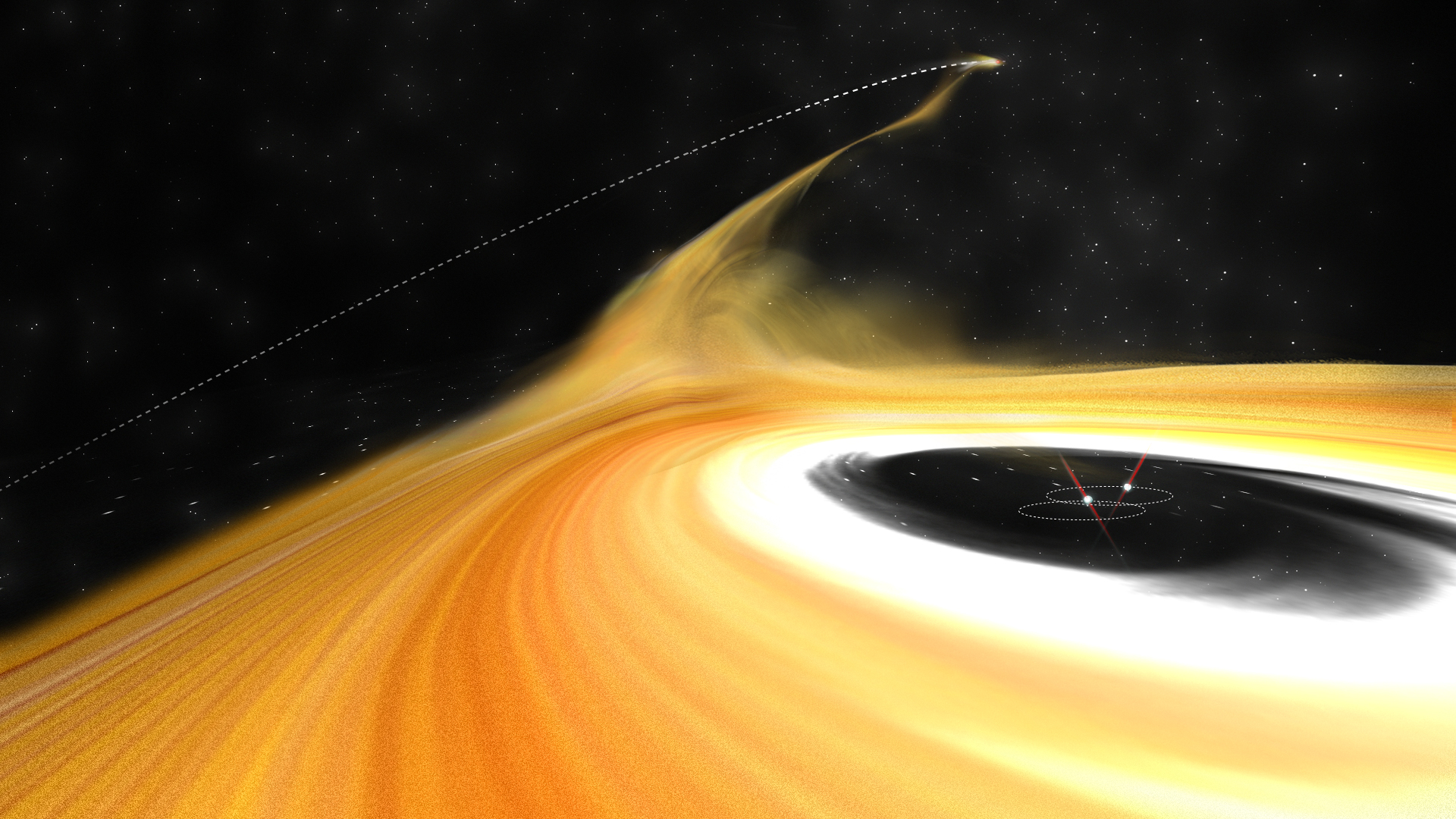When it comes to observing protoplanetary disks, the Atacama Large Millimetre/sub-millimetre Array (ALMA) is probably the champion. ALMA was the first telescope to peer inside the almost inscrutable protoplanetary disks surrounding young stars and watch planets forming. ALMA advanced our understanding of the planet-forming process, though our knowledge of the entire process is still in its infancy.
According to new observations, it looks like chaos and disorder are part of the process. Astronomers using ALMA have watched as a star got too close to one of these planet-forming disks, tearing a chunk away and distorting the disk’s shape.
What effect will it have on planetary formation?
Continue reading “A Star Passed too Close and Tore Out a Chunk of a Protoplanetary Disk”

